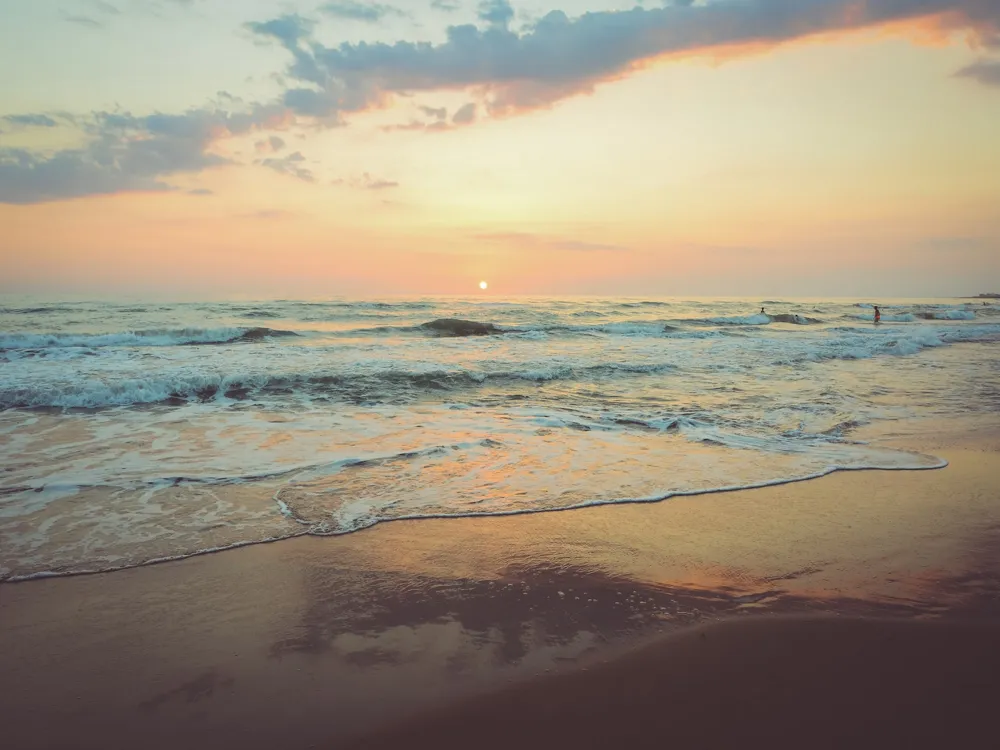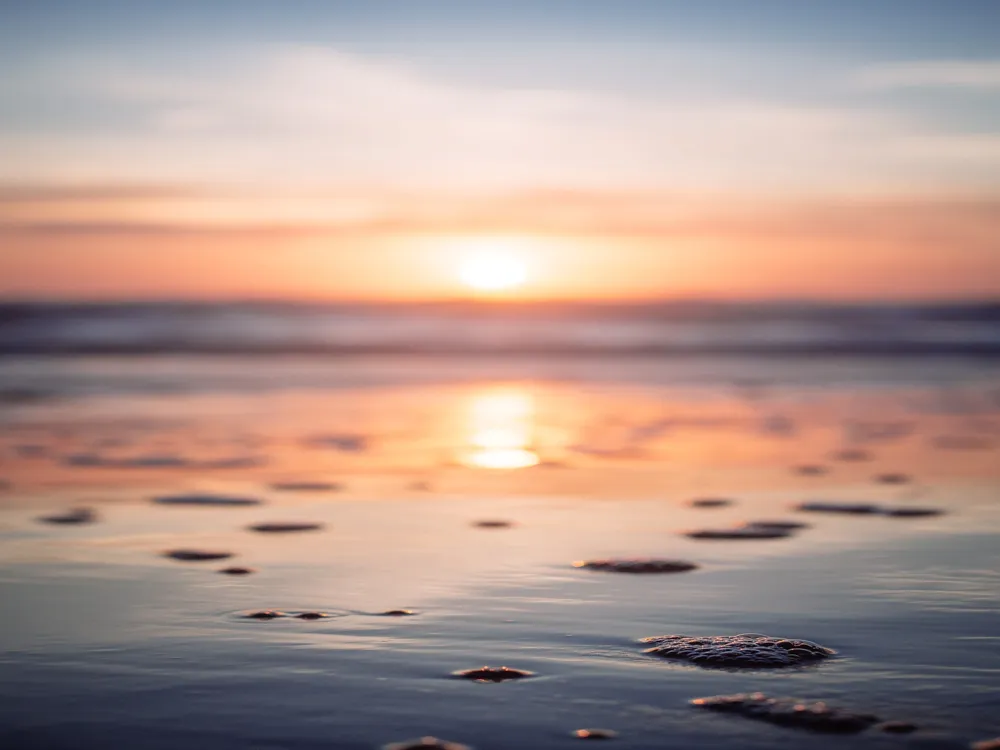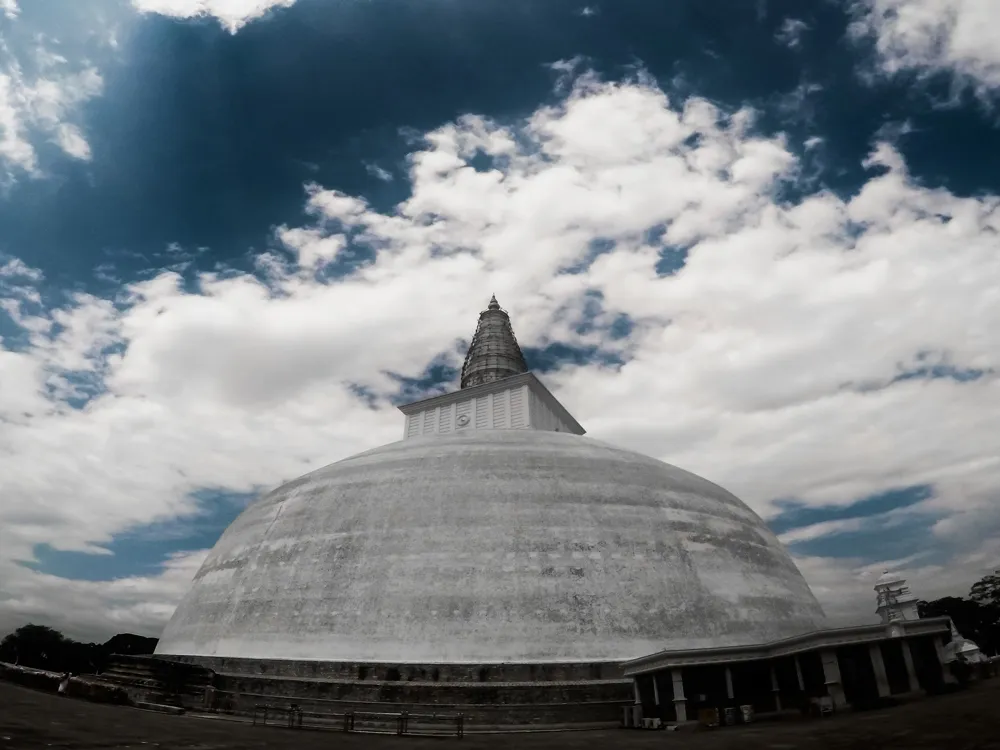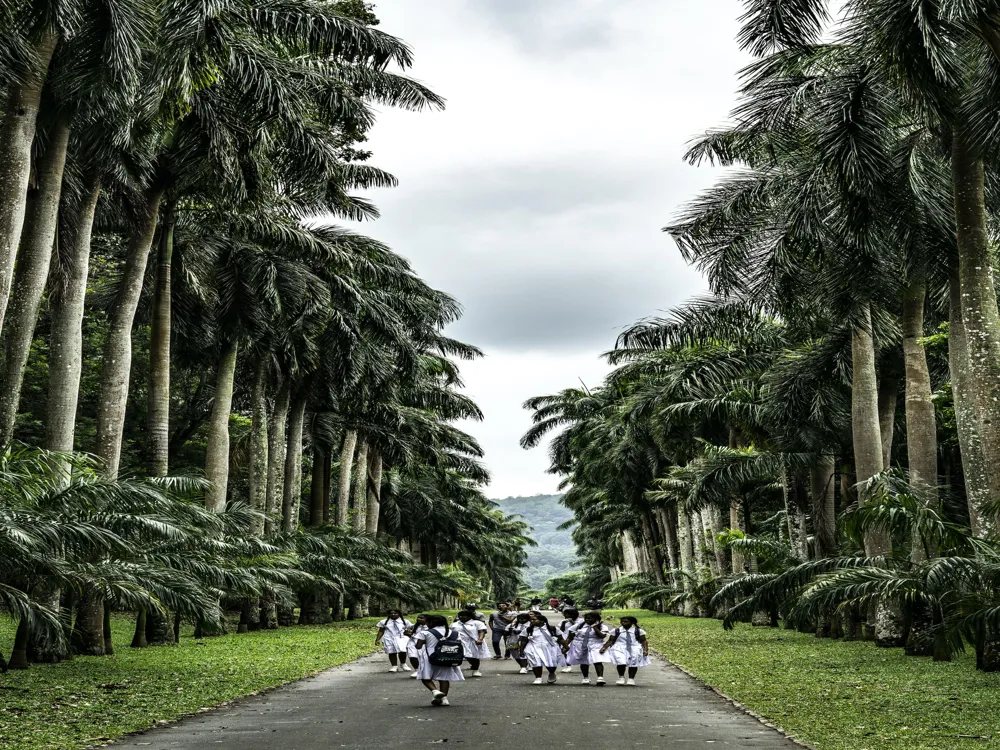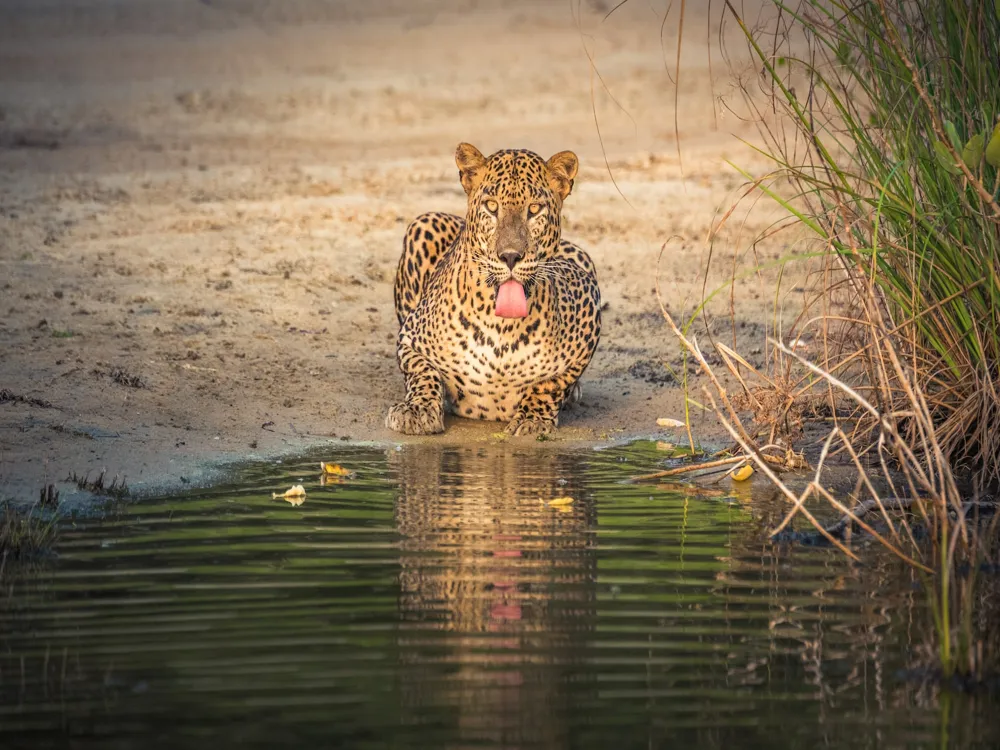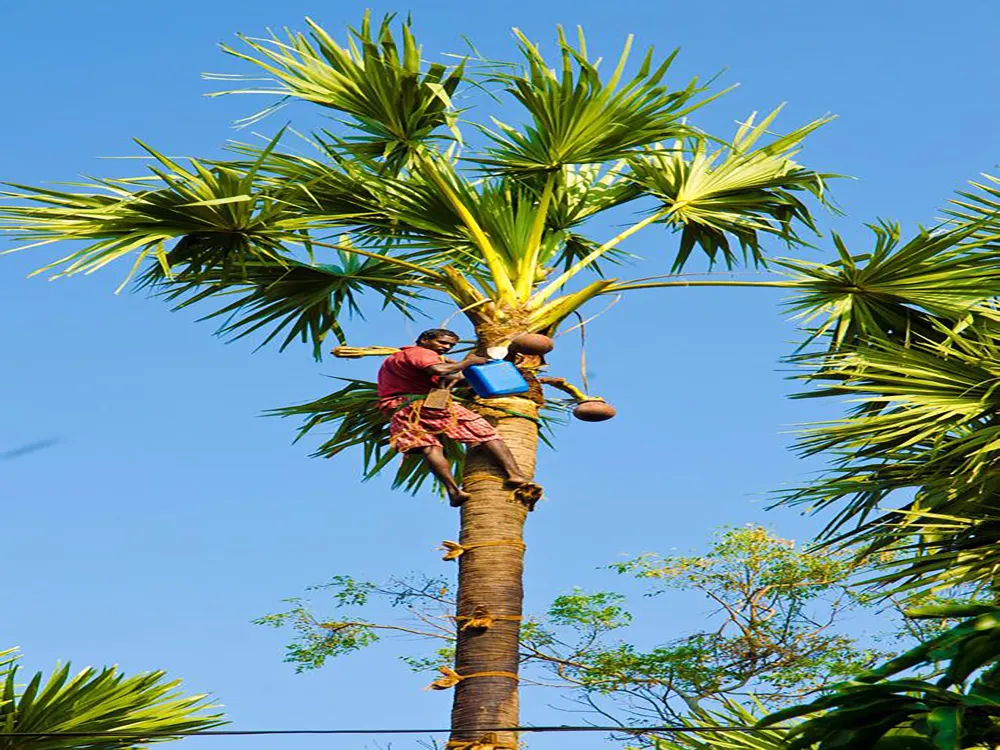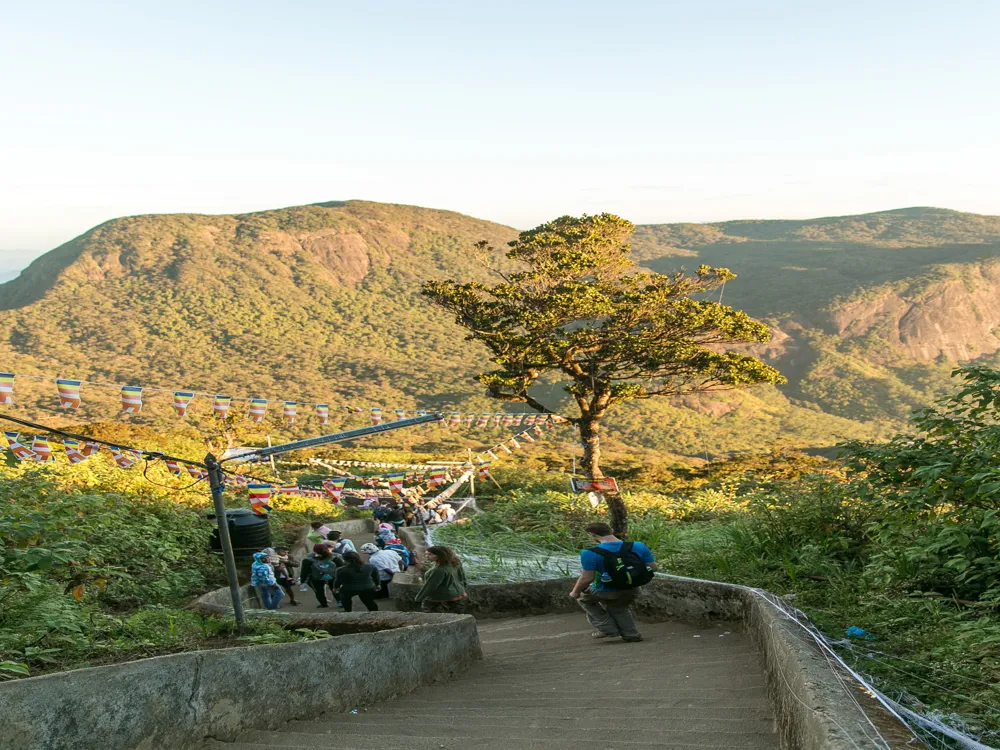Kalpitiya Beach, a hidden gem in Sri Lanka, boasts a pristine coastline and is a haven for beach lovers and adventure seekers alike. This tranquil destination is nestled in the Northwestern province of Sri Lanka and is renowned for its breathtaking natural beauty and serene atmosphere. The beach stretches along a narrow peninsula, separating the Indian Ocean from the Puttalam Lagoon, creating a unique landscape that captivates visitors. The area's rich biodiversity, including a variety of marine life and the nearby Wilpattu National Park, makes it a perfect spot for nature enthusiasts. Kalpitiya is also one of the best places in Sri Lanka to witness the fascinating spectacle of dolphins and whales in their natural habitat. The beach's crystal-clear waters are ideal for a range of water sports, such as kitesurfing, windsurfing, and snorkeling, offering endless fun for thrill-seekers. Kalpitiya's charm extends beyond its natural allure, as it is steeped in history with a blend of cultural influences. The region's past is a tapestry of colonial battles and local folklore, with remnants of Portuguese, Dutch, and British rule evident in the local architecture and historical sites. Kalpitiya Fort, built by the Dutch in the 17th century, stands as a testament to the area's rich history. The beach's serene and unspoiled nature makes it an ideal destination for those seeking a peaceful retreat away from the hustle and bustle of city life. Kalpitiya Beach's architecture is a fascinating amalgamation of historical influences and local Sri Lankan styles. The town's architectural landscape is dotted with relics from its colonial past, blending Dutch, Portuguese, and British designs with traditional Sri Lankan elements. The most prominent example is the Kalpitiya Fort, a symbol of the Dutch colonial era, which showcases the classic Dutch architectural style with robust, thick walls and minimalistic design. The local houses and buildings in Kalpitiya also reflect a blend of colonial and indigenous styles. Many structures feature verandas, high ceilings, and open courtyards, typical of tropical architecture designed to provide ventilation and combat the humid climate. The use of local materials such as coral, coconuts, and palm leaves in construction is a testament to the ingenuity and resourcefulness of the local community. The town's religious architecture, including churches, temples, and mosques, also reveals the area's diverse cultural and religious heritage. These structures often incorporate local artistry and craftsmanship, showcasing intricate carvings and vibrant colors. This architectural diversity in Kalpitiya is not just a reflection of its historical past but also a celebration of its multicultural present. For the best beach experience, visit Kalpitiya between November and April, when the weather is dry, and the sea is calm, perfect for water sports and dolphin watching. Choose from a variety of accommodations, ranging from luxury resorts to eco-friendly lodges, ensuring a comfortable stay that suits your preferences and budget. Don't miss out on the local culinary delights. Seafood is a must-try, with fresh catches prepared in traditional Sri Lankan spices and flavors. Be mindful of local customs and traditions. Dress modestly when visiting religious sites and always ask permission before photographing locals. Reaching Kalpitiya Beach is relatively straightforward. The nearest international airport is Bandaranaike International Airport in Colombo. From Colombo, you can take a taxi or a bus to Puttalam and then a short local bus or tuk-tuk ride to Kalpitiya. For a more scenic route, you can opt for a drive along the coastal road, offering stunning views of the Indian Ocean and the lagoons. Alternatively, for those seeking a more adventurous journey, a boat ride from Negombo to Kalpitiya through the lagoon is an unforgettable experience, offering a glimpse into the local way of life and the region's natural beauty. Read More: Overview of Kalpitiya Beach
Architecture of Kalpitiya Beach
Tips When Visiting Kalpitiya Beach
Best Time to Visit
Accommodations
Local Cuisine
Respect Local Customs
How To Reach Kalpitiya Beach
Kalpitiya Beach
Kalpitiya
NaN onwards
View kalpitiya Packages
Kalpitiya Travel Packages
View All Packages For Kalpitiya
Top Hotel Collections for Kalpitiya

Private Pool

Luxury Hotels

5-Star Hotels

Pet Friendly
Top Hotels Near Kalpitiya
Other Top Ranking Places In Kalpitiya
View All Places To Visit In kalpitiya
View kalpitiya Packages
Kalpitiya Travel Packages
View All Packages For Kalpitiya
Top Hotel Collections for Kalpitiya

Private Pool

Luxury Hotels

5-Star Hotels

Pet Friendly







